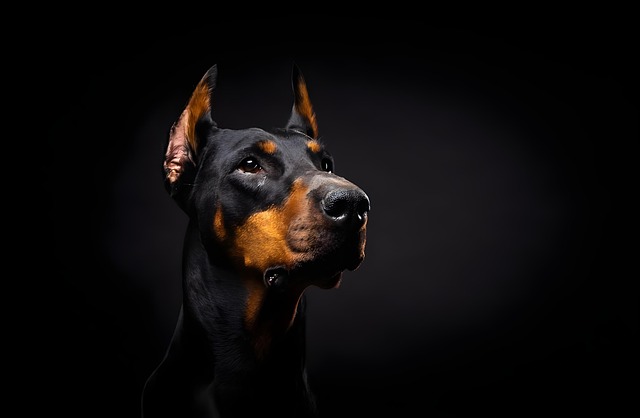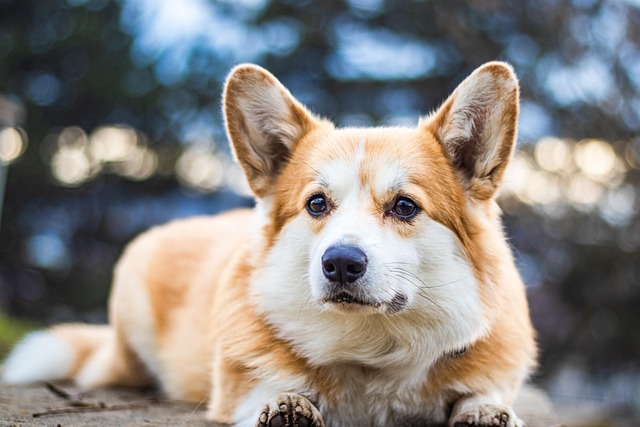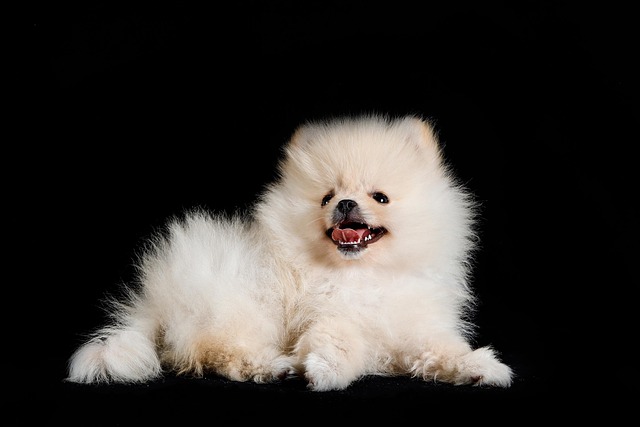
How to test for tetanus in dogs?
Tetanus in dogs often starts with subtle signs most owners miss—like a stiff jaw when grabbing a favorite chew toy or hesitation to climb stairs they once bounded up.
If you’re a first-time puppy parent in Texas, you’ve probably watched your tiny ball of energy lap up water like it’s their job—then panicked: Is this too much? Not enough? A friend in Arizona with a 12-week-old Australian shepherd once texted me, “He drank a whole bowl in 10 minutes—should I hide it?” Let’s cut through the confusion: figuring out your puppy’s daily water needs is simpler than you think, and it ties directly to their health and your role as a responsible owner.
Puppies need water based on their weight, activity, and even the weather. The general guideline vets in Colorado swear by is 50–100 milliliters per kilogram of body weight daily. For a 4kg (9lb) Yorkie, that’s 200–400ml; a 12kg (26lb) lab mix might drink 600ml–1.2 liters. Why the range? If they’ve been chasing a butterfly in 90°F heat, they’ll guzzle more. On a rainy day napping by the fireplace, less is normal. Their bodies are smart—they’ll drink when thirsty—but you need to keep that bowl full. A vet in Florida told me, “Dehydration hits puppies fast—dry gums or sunken eyes mean they’re already behind.”

Here’s how to make it work. Keep a stainless steel bowl (easier to clean than plastic) in a low-traffic spot—no near the litter box if you have cats, or under the kitchen table where crumbs fall. In New York City apartments, a rubber mat under the bowl stops slips and protects floors from water rings. Refill it every 3–4 hours, and wash it nightly to avoid slime. For picky drinkers, mix a splash of water into their kibble—my neighbor in Seattle does this with her Shih Tzu, and he laps it up without realizing.
This connects to bigger rules, too. In most U.S. states, puppies need their rabies vaccine by 4 months (California fines $500 for delays)—staying hydrated keeps their immune system strong enough to respond to shots. When walking, carry a collapsible bowl; a Boston terrier owner I know swears by hers after her pup nearly overheated on a 85°F day. And yes, even if they drink a lot, always grab a poop bag. Chicago parks fine $100 for leaving messes—common courtesy, even with a wiggly puppy.
Training matters here, too. If your pup knocks over the bowl, don’t scold—say “gentle” and show them how to drink without splashing. Praise with a treat when they do it right—positive reinforcement builds trust, which aligns with U.S. and European norms against punishment. In apartments, stick to quiet water times—no refilling at 2 a.m. to avoid waking neighbors.

Tetanus in dogs often starts with subtle signs most owners miss—like a stiff jaw when grabbing a favorite chew toy or hesitation to climb stairs they once bounded up.

If you’re a new dog parent in the US—maybe you’re standing in your Ohio apartment’s pet store aisle, holding a bag labeled “senior dog food” while your 8-year-old Dachshund

If you’re a new dog parent to a senior pup in the US—maybe you’re standing in your Florida apartment’s pet food aisle

Pet owners often worry about hidden health risks for their dogs, and toxoplasmosis is one that flies under the radar for many—understanding how dogs pick it up is key to keeping them safe.

If you’re a new dog parent in the US—maybe you’re standing in your Chicago apartment, staring at your 7-month-old Poodle mix, Bella

Tetanus in dogs comes from bacteria entering open wounds—think a deep cut from a rusty fence nail during a walk, or a scraped paw from digging in contaminated soil.